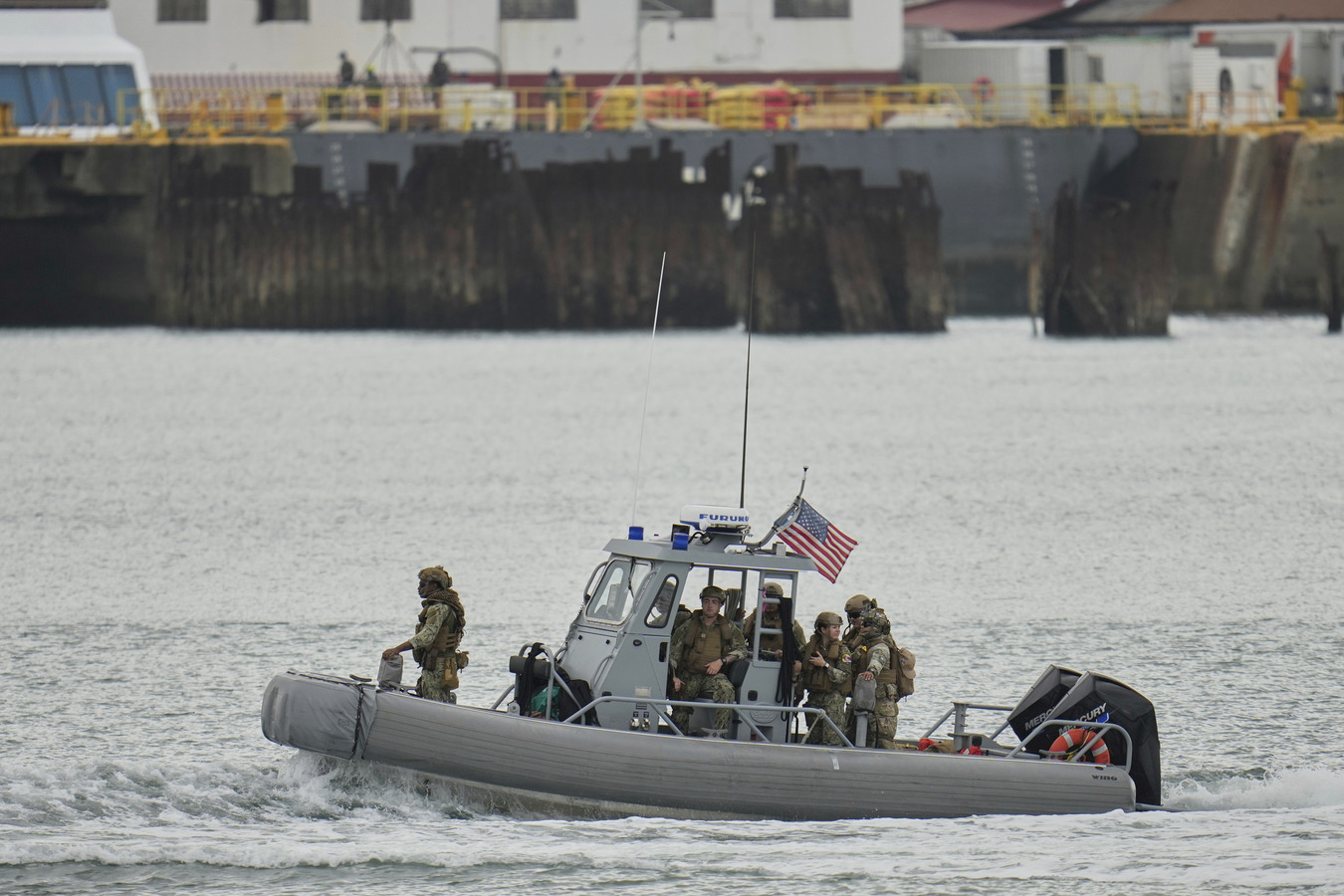Latin America: Neglected but not Irrelevant
Latin America: Neglected but not Irrelevant
Although U.S. media and foreign policy institutions have turned attention to other parts of the world, "Latin American seems to have fallen off the radar," writes Ludovico Feoli, who directs the Centro de Investigación y Adiestramiento Político Administrativo in Costa Rica. Yet U.S.-Latin American interests remain intertwined given burgeoning trade relations; growing cultural links stemming from migration; and common security threats such as the drug trade and environmental degradation.
Most attention of the press and the foreign policy establishment these days seems focused on places other than Latin America. Whether it is military and strategic issues in the Middle East or economic opportunities in India or China, Latin America seems to have fallen off the radar. The U.S. would have much to lose if that is actually the case.
Historically, Latin America has been within the U.S. sphere of interest, if not always in the most felicitous of ways, certainly at a high level of relevance. Most recently, however, particularly in the aftermath of 9/11, the U.S. seems to have abandoned the region. Yet there is ample reason to argue that this should not be so. Latin America today is as essential and intertwined with U.S. interests as ever.
First, consider the possibilities. Latin America is a source of cultural, economic, and environmental opportunity for the United States. Close geographic proximity makes it a natural tourist destination, trade partner, and source of investment. Since 2000, the total number of U.S. residents that traveled to Latin America exceeded 25.5 million and continues to increase steadily over the past years. Foreign direct investment to the region currently surpasses $80 billion annually, while growing at double digits for the past three years. The U.S. accounts for approximately 40 percent of foreign direct investment (FDI) flows to the region. Total trade (imports and exports) between the U.S. and Latin America amounted to over $500 billion in 2006 and has grown at over 14 percent annually over the past two years.
Aside from being a destination for U.S. products, Latin America is a source of prized raw materials, especially oil. The United States actually imports a greater percentage of its crude from Latin America than it does from the Middle East. Most recently, Brazil’s discovery of the Tupi oil field could solidify the country as an energy world power. Estimates calculate 5 to 8 billion barrels of recoverable light oil will be added to regional reserves.
More importantly, the region shares the same foundational values that are important to the United States: political liberty, economic freedom, and democratic forms of government. These can be traced back to the independence period, when a majority of emerging countries modeled their constitutions on that of the United States, and more recently to the return to democracy and free markets in all Latin American countries (save one) during the 1980s.
Cultural linkages between the region and the United States have deepened in the aftermath of the Cold War as the stream of Hispanic migrants coming to the United States has skyrocketed. As a consequence, Spanish has become a dominant secondary language in the U.S. and Hispanics are now the largest ethnic minority in the country. At the same time, monetary remittances from migrants to their relatives in the region have grown to exceed the flows of foreign aid. In many countries, remittances have become the primary source of foreign currency. These migrants, who tend to be younger on average than the U.S. population, have become an important source of labor that has helped to maintain the dynamism of the U.S. economy. As their economic situations have improved, immigrants have turned into a substantial consumption force, as well as a source of entrepreneurship and employment through ownership of medium and small businesses.
Latin America and the United States face common threats. In a globalized world, challenges to national security are eminently transnational and consequently cannot be addressed by single countries acting in isolation. Here are a few examples:
- Drug trafficking: The Andean region is a main source of drug production and multiple countries throughout the hemisphere have become important trafficking and distribution centers. But the main source of demand driving this industry is the United States. The drug trade, estimated to be over $300 billion globally, is a source of domestic corruption and is linked to violence and other forms of criminality at its source and final destination.
- Gangs: These highly complex and violent groups encompass multiple facets of criminal activity and through their highly effective networking span regionally and even globally. Their origins can be partially traced to the deportation of undocumented immigrants who were schooled in the rituals and practices of violent U.S. street gangs through their mutual incarceration, particularly in the city of Los Angeles.
- International crime: Clearly related to the drug trade and gang activity but not limited to them, international crime involves human trafficking, arms smuggling, money laundering, and other insidious threats that put human lives at risk and are terribly costly to control. It is estimated that the fight against crime can absorb up to 15 percent of a poor country’s GDP, resources that could otherwise be devoted to more productive purposes.
- Migration: People migrate primarily in search of opportunities they cannot find in their home countries. For this reason, the underlying poverty and inequality that still characterize most of Latin America serve as a permanent incentive for migration. But so is the lure of employment opportunities in the prosperous communities to the north of the Rio Grande. If there is a growing population of undocumented migrants in the U.S. it is at least partly due to the chasm between the actual demand for Latin American laborers and the ability of the existent regulatory framework to accommodate them. Among other implications, this situation raises delicate issues in the areas of human rights and the criminal justice systems.
- Environment: The effects of environmental degradation do not respect international boundaries. Largely because of this, polluters can impose part of their costs on others. Those in a position to provide solutions have little incentive to do so as long as they bear all of the costs without capturing the benefits. Latin America is in a position to improve carbon sequestration and storage through reforestation and the preservation of tropical forests, but it needs the support of the United States and other developed countries to do so.
There is one more way in which the region is important to the U.S. Since its transition to democracy and the market Latin America has been seen as a testing ground for American policies. The persistence of poverty and inequality and the dearth of employment and economic opportunity in the region have opened the way for challenges to these policies, which are presented as failed. Blaming them for the region’s social ills feeds into a growing stream of anti-American sentiment. To enhance its regional and even global standing, the U.S. must rediscover the relevance of Latin America and embrace it as a full partner.
Motivated by the need to understand these and other issues more deeply, Tulane University has launched, in partnership with Centro de Investigación y Adiestramiento Político Administrativo (CIAPA), a social science research center based in Costa Rica, the Center for Inter-American and Policy Research (CIPR). The Center will seek to highlight the relevance of inter-American issues by fomenting scholarly exchanges, thus bringing multiple perspectives—North and South, East and West—to bear on a common research agenda. The partnership builds on Tulane’s strong history in the field of Latin American studies and CIAPA’s regional insertion. It aims to act as a convener in the field and serve as a clearinghouse for researchers within it. Together, CIAPA and CIPR hope to further explore transnational issues critical to the Americas.
Ludovico Feoli is director of the Centro de Investigación y Adiestramiento Político Administrativo (CIAPA) in Costa Rica. More information about the Tulane/CIAPA partnership can be found at http://cipr.tulane.edu.








